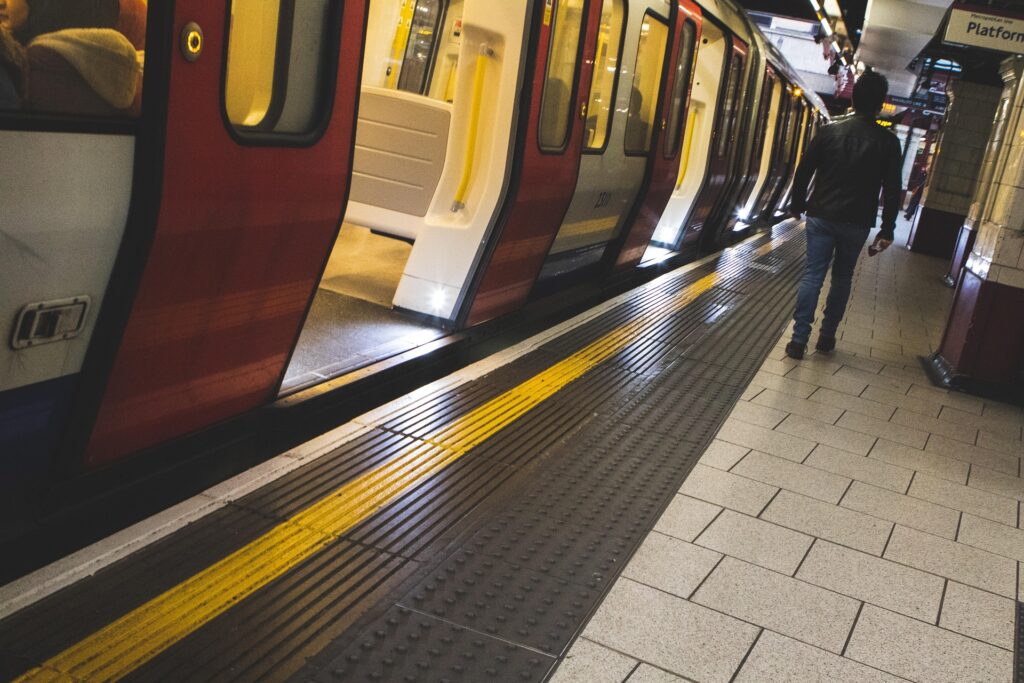On the 14th of June 1985, in the small winemaking village of Schengen, Luxembourg, signatories from Belgium, France, West Germany, Luxembourg, and the Netherlands came to sign an agreement. The goal was to eliminate checks at their mutual borders, essentially creating a single territory for international travel purposes, akin to a large country for travellers. In 1997, this Agreement evolved into a Convention integral to EU policy, now incorporating 26 nations.
Fast forward to the 2010s with the migrant crisis, concerns began to rise – rightfully so with increased terrorism from radical Islam. During that time, restrictions came into place, extra searches, and debates ensued on the efficacy of such a zone.
With migration now out of control across Europe, governments have no choice but to act. New border regulations are springing up, with nearly 50% of the countries imposing some form of check or barrier to entry. For example, France now screens everybody entering their country on all their borders. But it comes as no surprise given how liberal their open borders policy has led to literal riots on their streets.
But who could have predicted this? The largest visa-free zone in the world is being used to traffic migrants to every inch of Europe, spreading violence and unrest. It is no wonder that people want to get across the Mediterranean to Italy when they know they will not be stopped walking into Austria, Germany, France, or Spain. The same images were seen in Greece, boats filled with healthy young men looking to gain access to social and monetary benefits.
The fragility of this pan-European zone is starting to show its cracks, aided by the record levels of illegal immigration from outside the EU. Taxpayers, living through one of the worst cost-of-living crises in living memory, are paying for the housing, food, and benefit plans to foreigners whilst they go hungry. Local police forces are unequipped to deal with the challenges of crimes that didn’t exist 40 years ago, such as grooming gangs or modern slavery. Governments are scrambling to clutch back some sovereignty by slowing the mass movement of non-Europeans into their countries. The debate is being re-opened; this time, the public and those with authority are starting to voice their concerns.
The left-wing media and institutions have continued to obfuscate the truth, claiming that the people are welcoming of the migrants, citing selective interviews and claims of increased prosperity. Films, TV shows, and articles telling fictional stories about towns coming together around a noble cause of caring for poor, innocent refugees add to the propaganda. All these attempts are trying to convince you that it is the will of the people that these migrants are here and that you are the villain for opposing it. These take away from the actual lived experiences of countless victims of crimes committed by those who have no right to be here.
But you can see the opinions of the working class when the Greeks meet the boats. Or the continued growth of support to populist parties in Germany that is beginning to scare their far-left government with calls to ban the AfD and have them labelled as extremists. And on the Hungarian border with Serbia, violent riots have led to at least three deaths.
Could this trigger the end of the Schengen Zone and free movement across Europe? And a more important question is, what are we going to do about the ones already here, hiding and waiting for their moment to carry out another atrocity? Only when a government focuses on the rights and future of the native population and takes a national approach to migration can the problems we face begin to be repaired.


